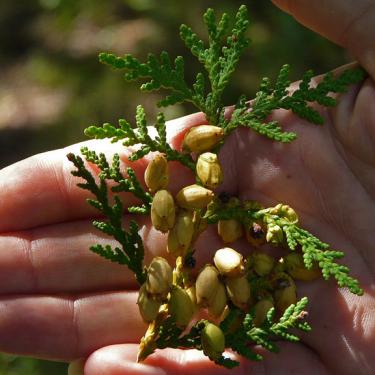Tips to protect your forest from drought
In the long run, the best way to minimize damage from any disaster is to be prepared. As a forest owner, this means fostering resilience to drought in your woodland. There are several ways to do this:
1. Planting: When planting new trees, select drought- and disease-resistant species. These are often native species that have evolved in tandem with the local environment. Consider deciduous plants, which generally require less water than conifers. And carefully choose where to plant for the species you’ve selected.
2. Thinning: Overcrowded forests are more susceptible to water stress, so reduce the density of your forest so that the remaining trees have an adequate water supply.
3. Control non-native and invasive plants: Non-native plants can upset the delicate ecological balance in a forest, making it more susceptible to drought. And weedy plants compete for water resources with trees, and increase the risk of wildfire.
4. Monitor and control invasive insects: When trees are under stress, they become easy targets for insect pests. So monitor your forest for signs of stress and infestation, and take measures to control insects if they appear.
How can I get more tips?
It’s simple! Enter your email below.

